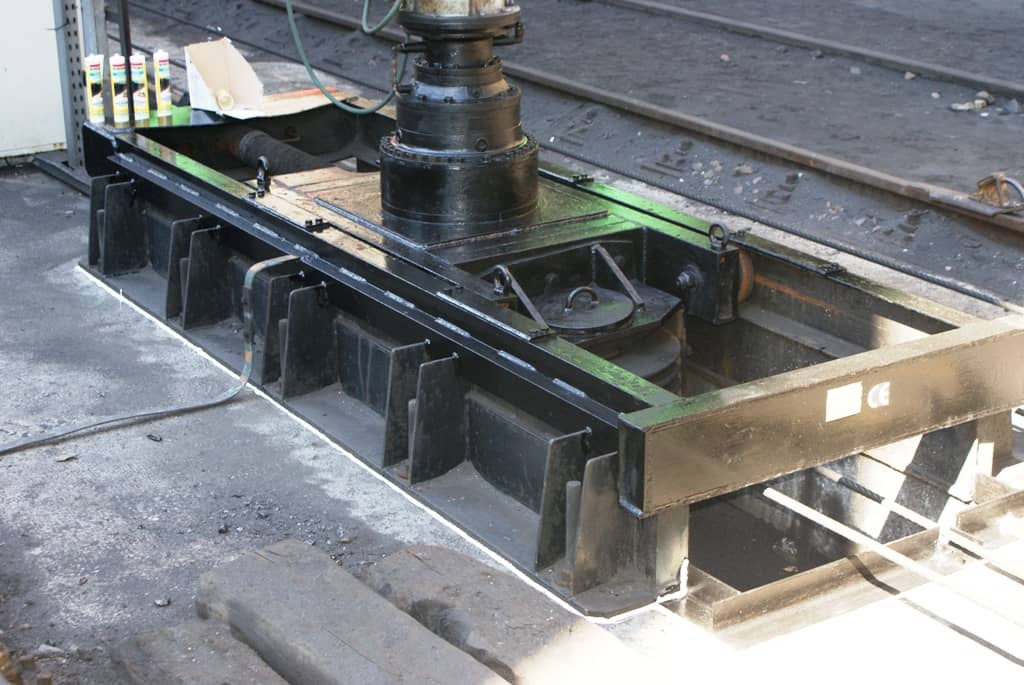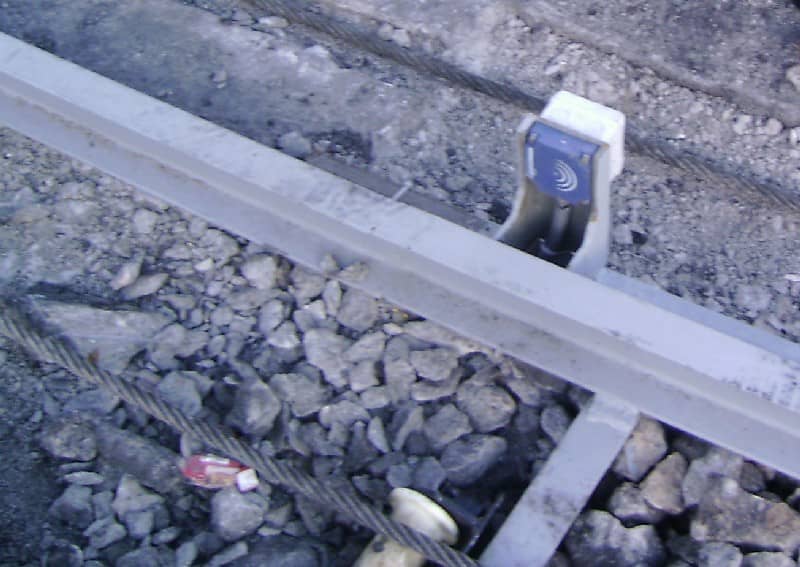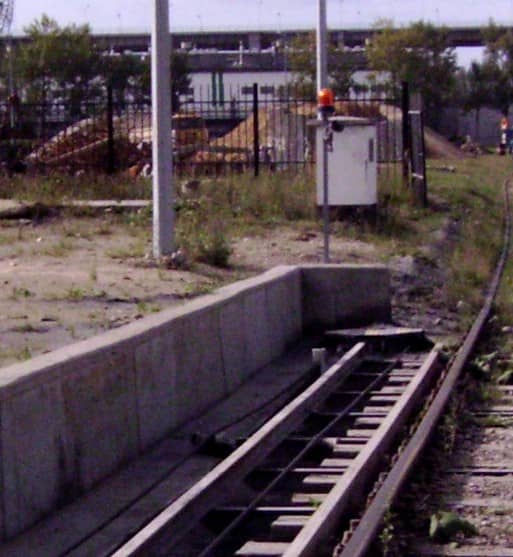
Towing (shunting) Carriage: The towing carriage is built on 1XTa running gear. The carriage moves directly on the rail track and is designed to push or pull trains/groups of railroad cars. The towing carriage is joined with the car by means of a coupler with stops mounted on the carriage. UT-3 towing carriages are used for moving trains with the total weight of up to 3,000 t.

Drive Station: The main component of the drive station is a motor-planetary gear assembly, supported on a steel frame and used to drive the towing carriage with ropes as the 'driving medium' and a hydraulic power unit with a cylinder, designed to provide and maintain the necessary tension of the towing ropes, depending on the operating status of the drive station.

Return Station: It is a set of two wheels: interlacing and directional.

Limit Sensors System: At both ends of the operating length of the towing carriage induction sensors are mounted to determine the allowed final positions of the carriage. As an emergency device, mechanical limit switches are installed behind them to cut off the power supply and stop the carriage if the limit sensors should fail. The system is equipped with an anti-overload protection.

Signalling System: There is a sound and optical emitting device installed at the rail track.
Operation and Control: The railroad car puller is stared and operated from a control panel and - optionally - with a remote controller. Individual functions are controlled with buttons and switches. The correct tension of the rope is monitored with a controlled located in an RS automatic control box. When the railroad car puller is started the system determines the correct operating pressure in the hydraulic cylinder and monitors oil parameters and the status of frequency inverters. If allowed by secondary devices the towing carriage will be moved separately or coupled with the train.
